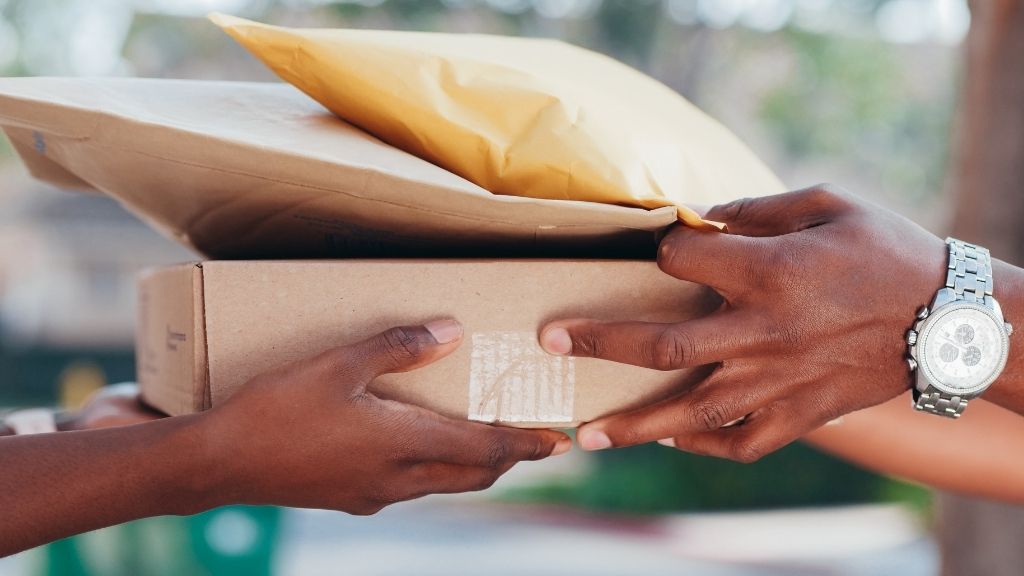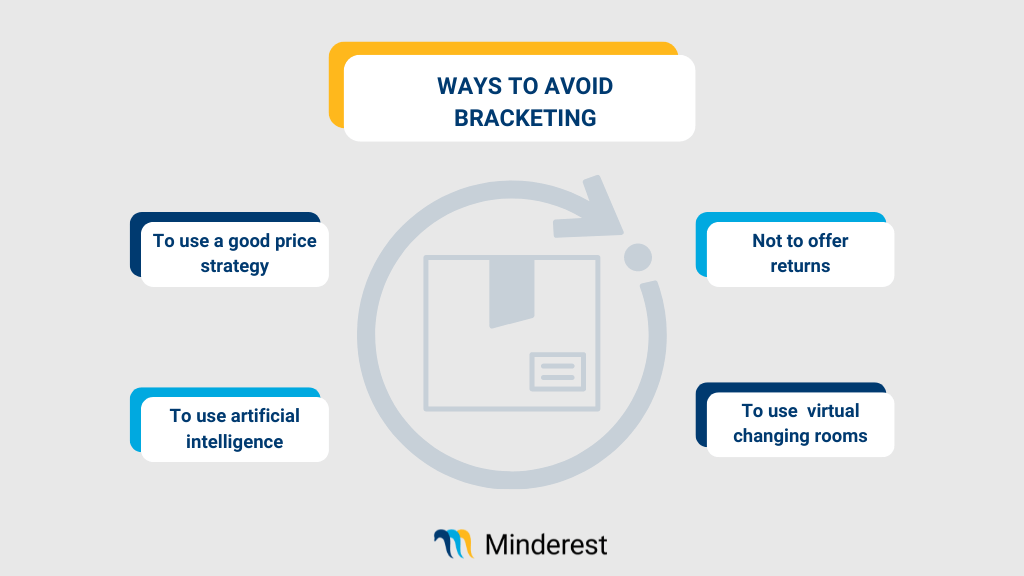

Bracketing has become a habit for many consumers who buy multiple similar or identical products, intending to keep one and send back the rest. It happens particularly with household products or clothing item. People tend to buy them online in more than one size or colour to try them out at home. They can then check which suits the wearer, or which feels best. This practice has its advantages for customers because they can buy with more freedom. However, bracketing can result in losses for the e-commerce business which usually shoulders all the return costs. From Minderest, we explain the consequences so that you can bear them in mind when designing a pricing strategy that is beneficial for your company.
The main issue that e-commerce businesses face today is that customers have become used to most online stores allowing free returns for purchases, which encourages bracketing. It is one of the terms and conditions that users check before making the final purchase decision. That is why it is important to weigh up the cost it involves for sellers to deal with returns and customer satisfaction.
Consequences of bracketing for e-commerce businesses
Returning products to an e-commerce business does not just involve logistics-related costs. It also involves additional costs to reintegrate stock, re-package merchandise and packaging costs, etc. This reverse logistics has an increased environmental impact and involves increased expenditure on raw materials and human resources.
In some cases, leftover stock can even be thrown away if the cost of processing it outweighs the benefits. The waste of raw materials impacts the planet’s sustainable development - something which many stores are taking a stand on.

Ways to avoid bracketing or to mitigate the effects on your e-commerce business
Many e-commerce businesses are already taking steps to avoid losses caused by increased online returns. Some choose not to offer returns to users but instead offer vouchers or free gifts so that consumers can come back and buy something from the store within a limited time frame. Some brands are using artificial intelligence to see if it makes sense to process the return or not, considering the logistics costs of the return. Sometimes it can be more beneficial to refund the customer but allow them to keep the item to avoid shipping costs.
Innovative fashion brands are launching the use of virtual changing rooms with augmented reality. These allow users to see how clothes would look on them and help them to choose the right size. At the same time, they are designing more accurate size guides using artificial intelligence and machine learning. This is crucial as consumers argue that one of the main reasons for making so many returns is that it is so hard to find the right size online.
Technology aside, your pricing strategy can also help you offset the effects of bracketing. Based on the percentages of returned goods, you can change and adapt your prices to cover these costs and avoid falling into the red. It is crucial to use competitor price monitoring tools to identify the most competitive prices and the shipping costs of other companies in the sector. Then you can offer prices in line with supply and demand but tailored to your needs.
Find out how Minderest can take your business to the next level.
Contact our pricing experts to see the platform in action.
Related Articles

AI Agents and Holiday Season: How to Adapt Your Pricing Strategy
Holiday season planning used to revolve around creative campaigns, emotional storytelling, and optimizing the user experience. However, a silent revolution is changing the rules of the game. The rise...
How Surveillance Pricing Works and Its Applications for Your Business
The term "Surveillance Pricing" might conjure images of corporate espionage and price manipulation. However, this initial perception hides one of the most sophisticated and powerful strategies in...